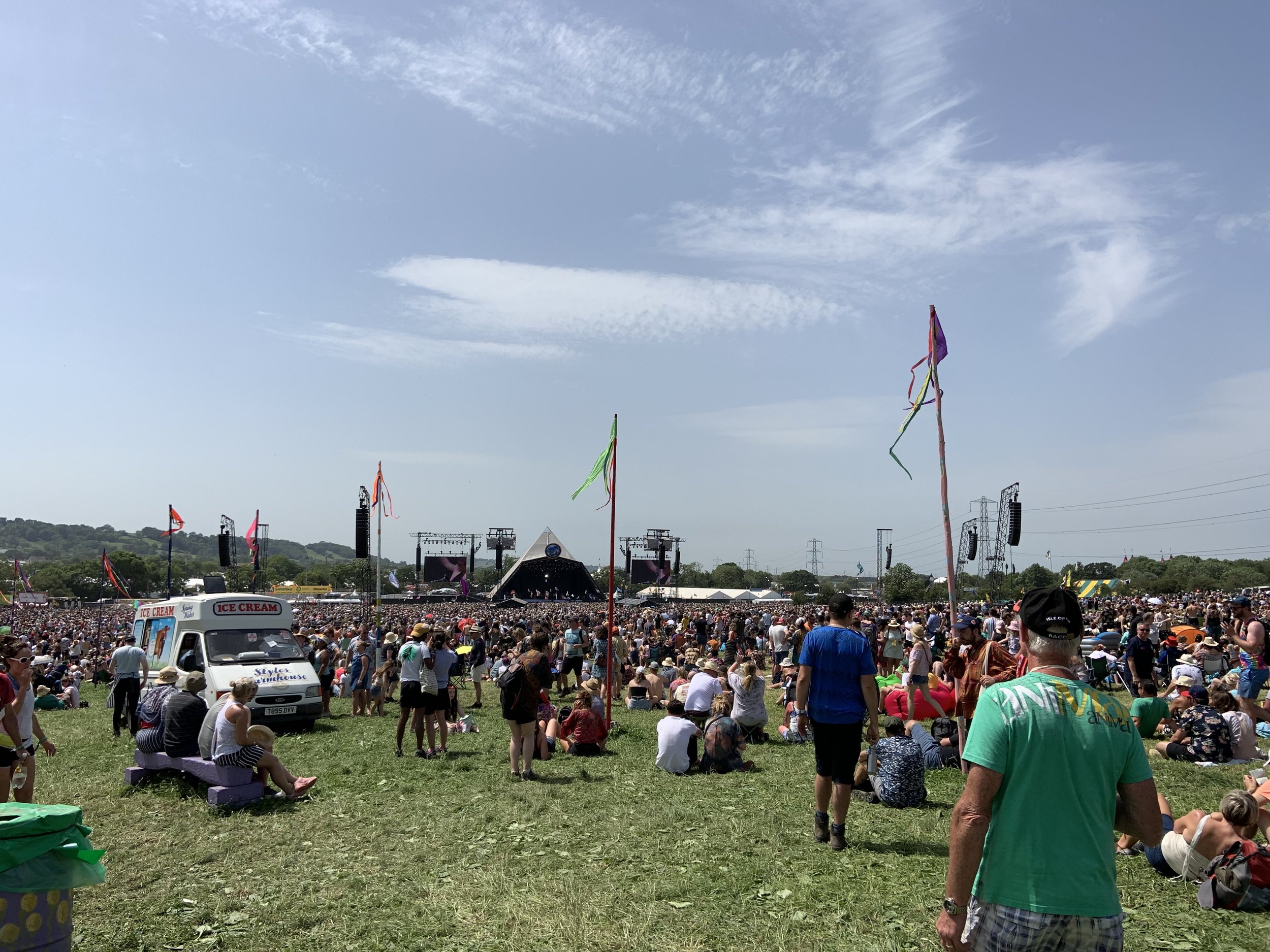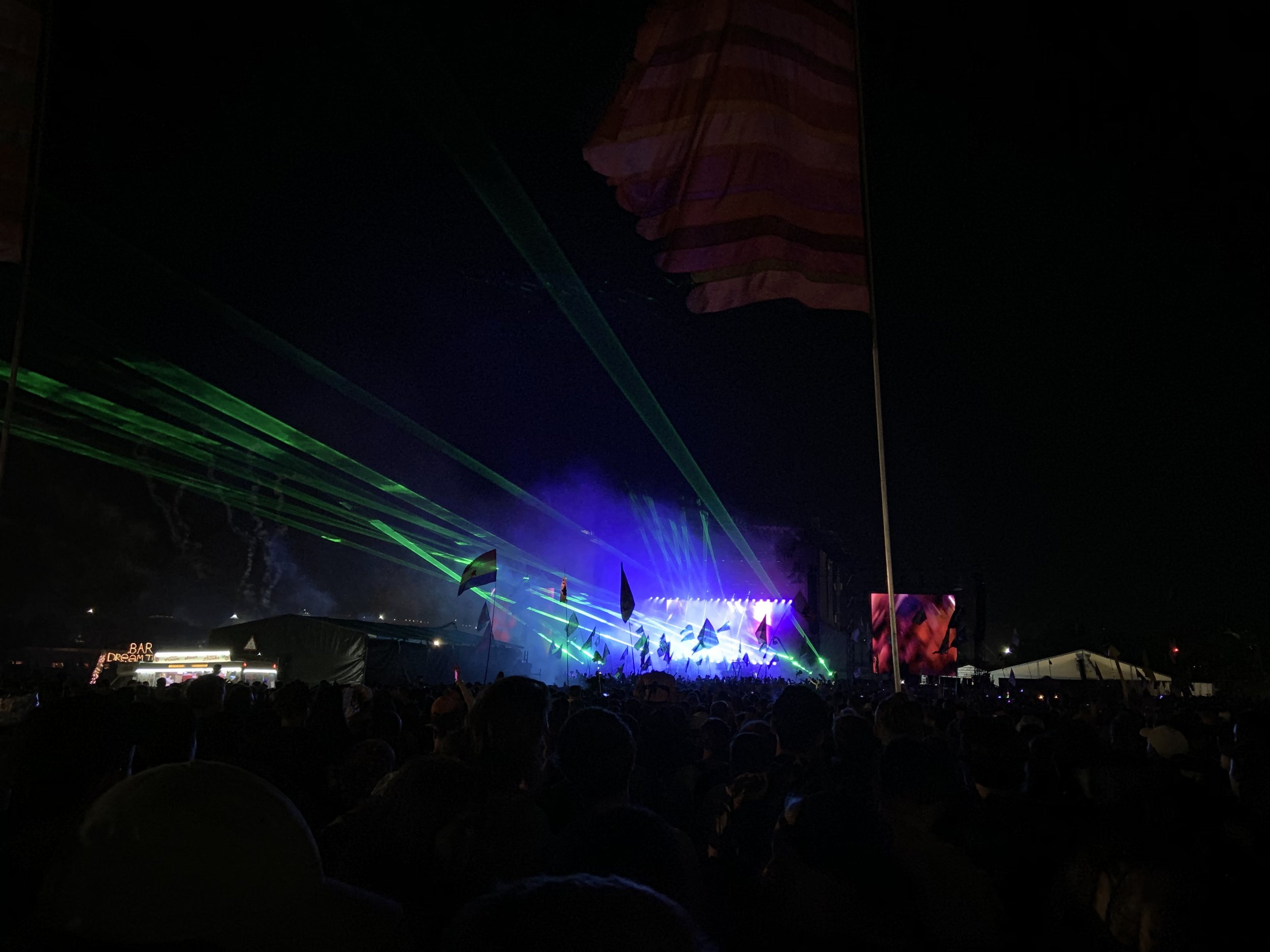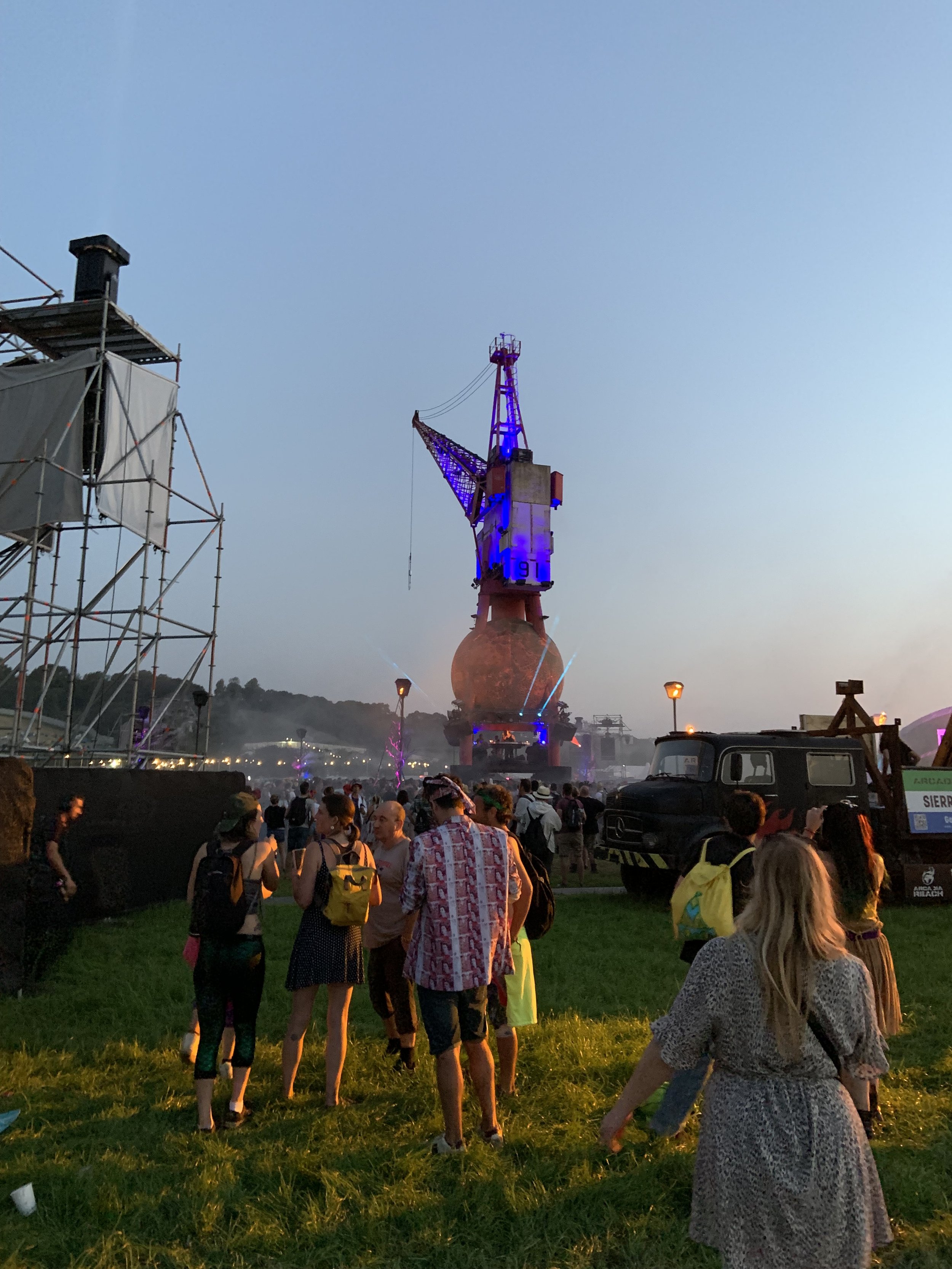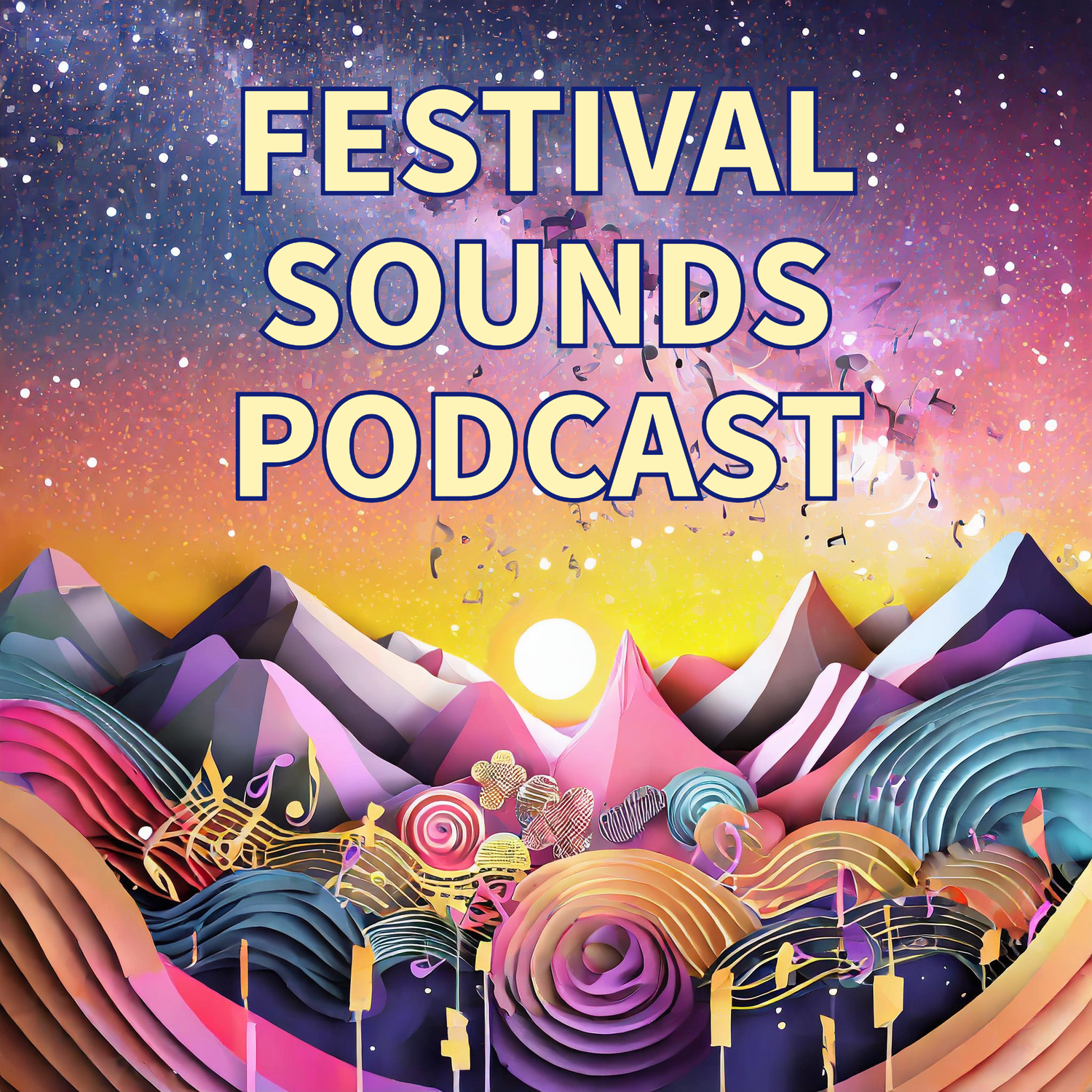What is Glastonbury Festival?
The Glastonbury Festival of Contemporary Performing Arts, typically just called Glastonbury Festival, is one of the world's most famous music and performing arts festivals. It takes place near Pilton, Somerset, in England.
The festival was first held in 1970, the day after Jimi Hendrix died, and was originally known as the Pilton Festival. Over the decades, it has grown in size and popularity, and it is now a major event in the global cultural calendar, attracting leading artists from many different genres and mediums, including music, dance, comedy, theatre, circus, cabaret, and other arts.
The festival takes place over five days, usually at the end of June. It's known for its eclectic line-up, which includes rock, pop, electronic, hip hop, and other genres of music. There are numerous stages across the festival site, the most famous of which is the Pyramid Stage, where the biggest acts perform. Other stages and areas offer a variety of entertainment and experiences, from small acoustic performances and DJ sets to comedy, theatre, and more.
Glastonbury Festival is also known for its emphasis on environmental issues and charitable giving. It supports a number of causes, and profits from the festival are donated to charities such as Oxfam, Greenpeace, and WaterAid.
The festival has a unique atmosphere, with many attendees camping on the site throughout the event. The site itself is vast, with a diverse range of attractions and areas to explore beyond the music stages. These include the Green Fields, an area focused on spirituality and environmentalism; the Healing Fields, where festival-goers can experience alternative therapies; and Shangri-La, an area with its own unique theme and line-up of underground music and art.
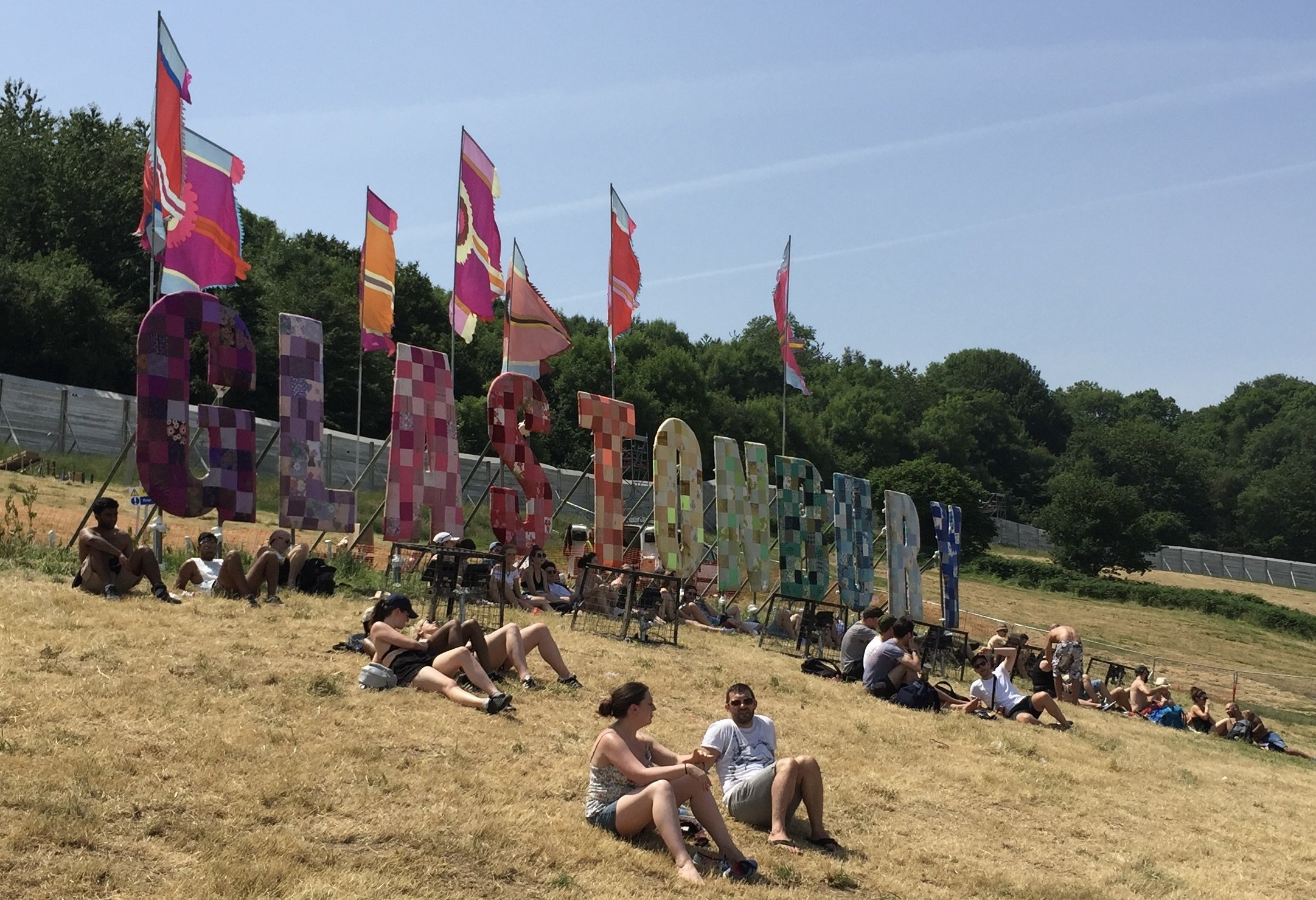
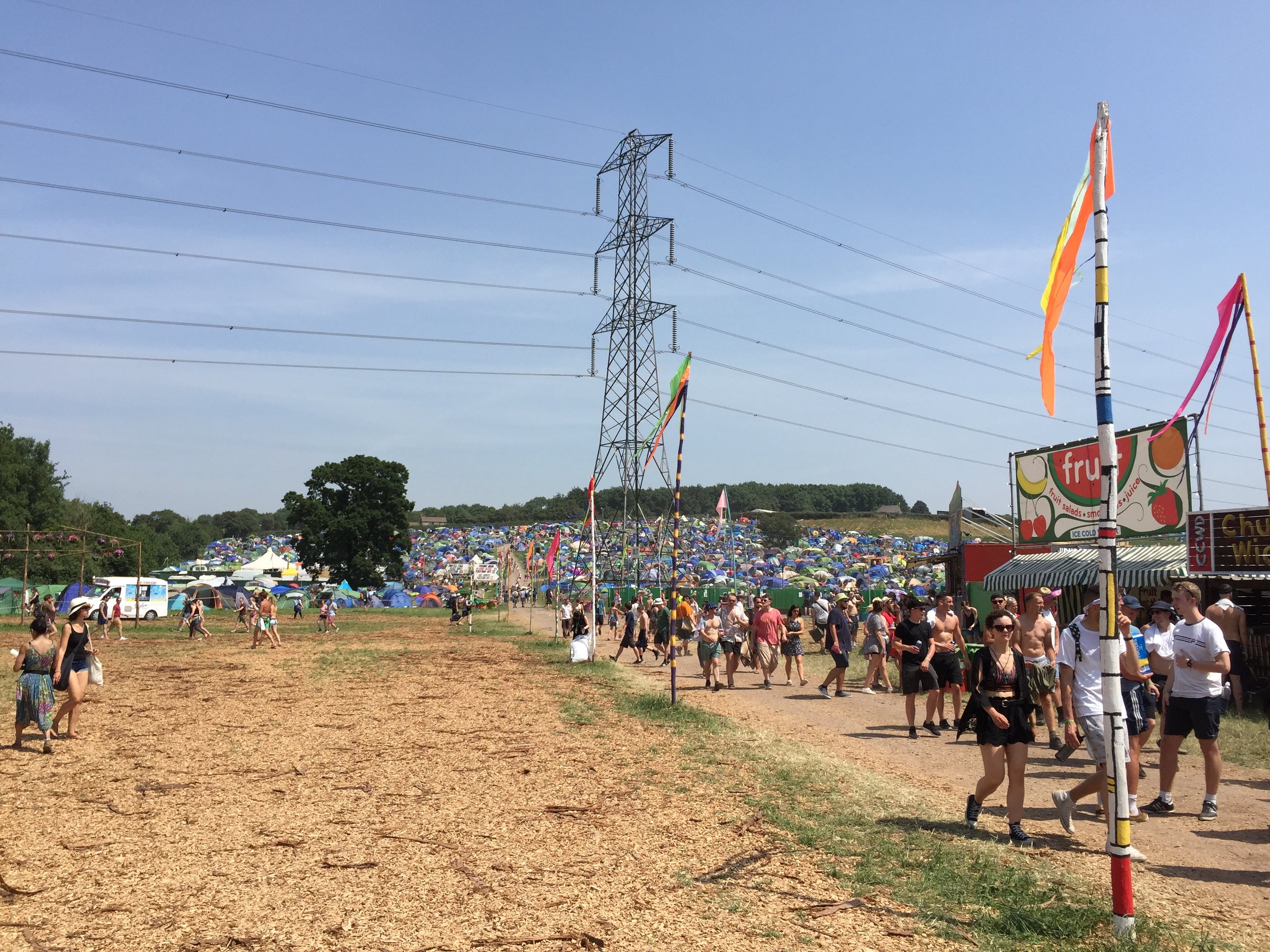

What are fallow years?
Please note that the festival usually takes a "fallow year" every five years to give the land, local population, and organisers a break. This means that there's no festival that year. The most recent fallow year was in 2018.
What happened during Covid?
Due to the COVID-19 pandemic, the festival was cancelled in 2020 and 2021. It was replaced with a family campsite in 2021 called “Worthy Pastures”. For more information about Worthy Pastures see Part 9
When is it?
The Glastonbury Festival typically takes place over the last full weekend in June that coincides with the weekend after the summer solstice. It spans five days from a Wednesday to a Sunday but it’s worth noting that while the main stages don't usually start until Friday, the festival site opens on the Wednesday, providing plenty of entertainment and activities around the grounds for the early birds. Unlike many UK Festivals, the performances run into the early hours of Monday morning with many stages hosting their last performance at 03:00!
What happens at the festival?
Music, of course, takes centre stage. From the monolithic Pyramid Stage, hosting globally acclaimed headliners, to the smaller nooks like the Acoustic Stage or West Holts, the festival vibrates with an array of sounds. Whether you're a fan of rock, pop, folk, jazz, electronic, reggae, or world music, Glastonbury's line-up caters to every taste.
But music is just the beginning. Glastonbury is home to a variety of other performance spaces, like the Circus and Theatre Fields, where you can witness breathtaking acrobatics, innovative theatre, and hilarious stand-up comedy. The Kidz Field offers puppet shows, magicians, and storytellers for the younger crowd, while the Healing Fields provide a space for meditation and yoga.
Not to forget the spontaneous performances that spring up around the festival grounds – fire-breathers, stilt-walkers, flash mobs, and roving musicians – adding an element of surprise and delight.
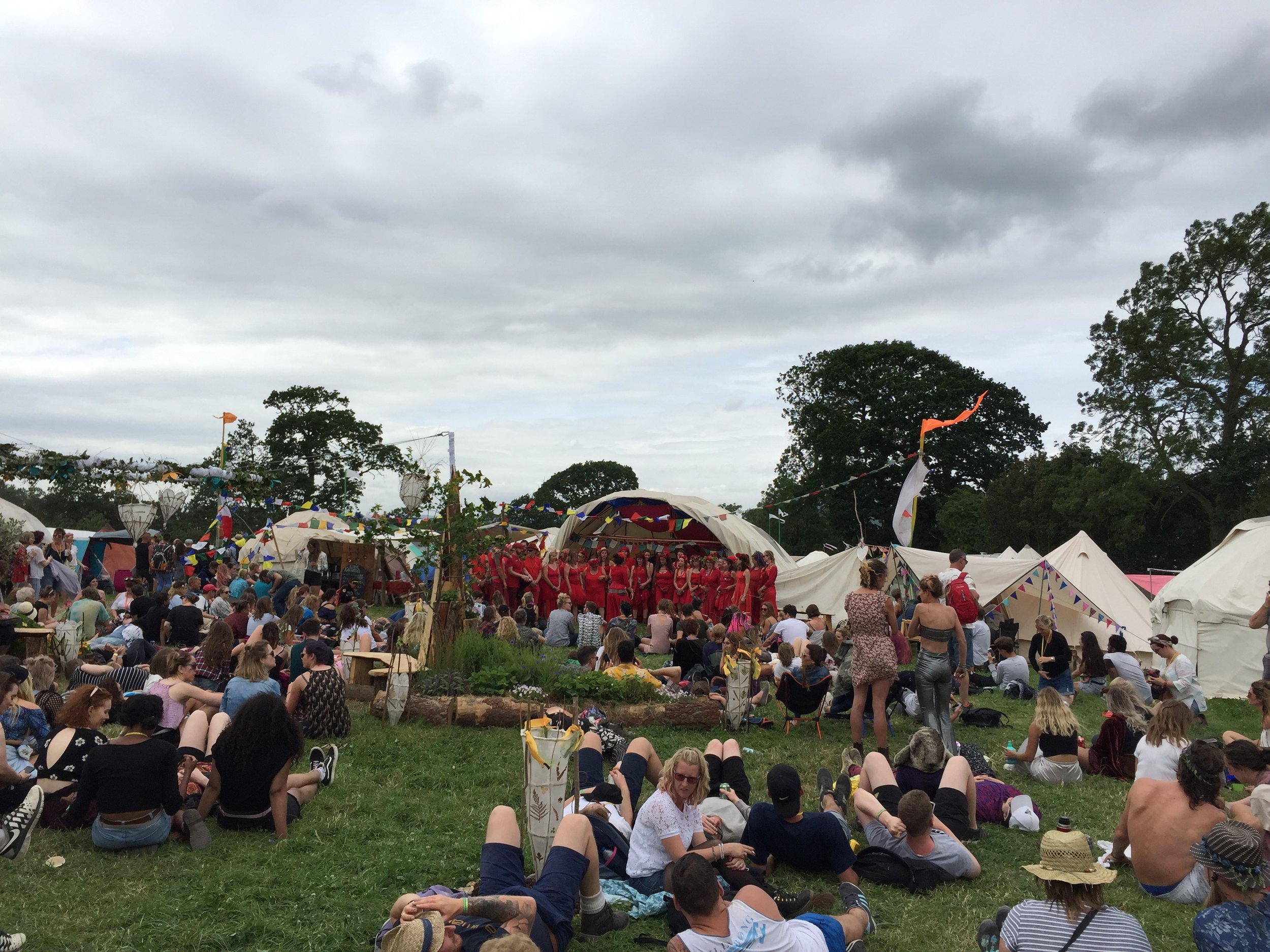
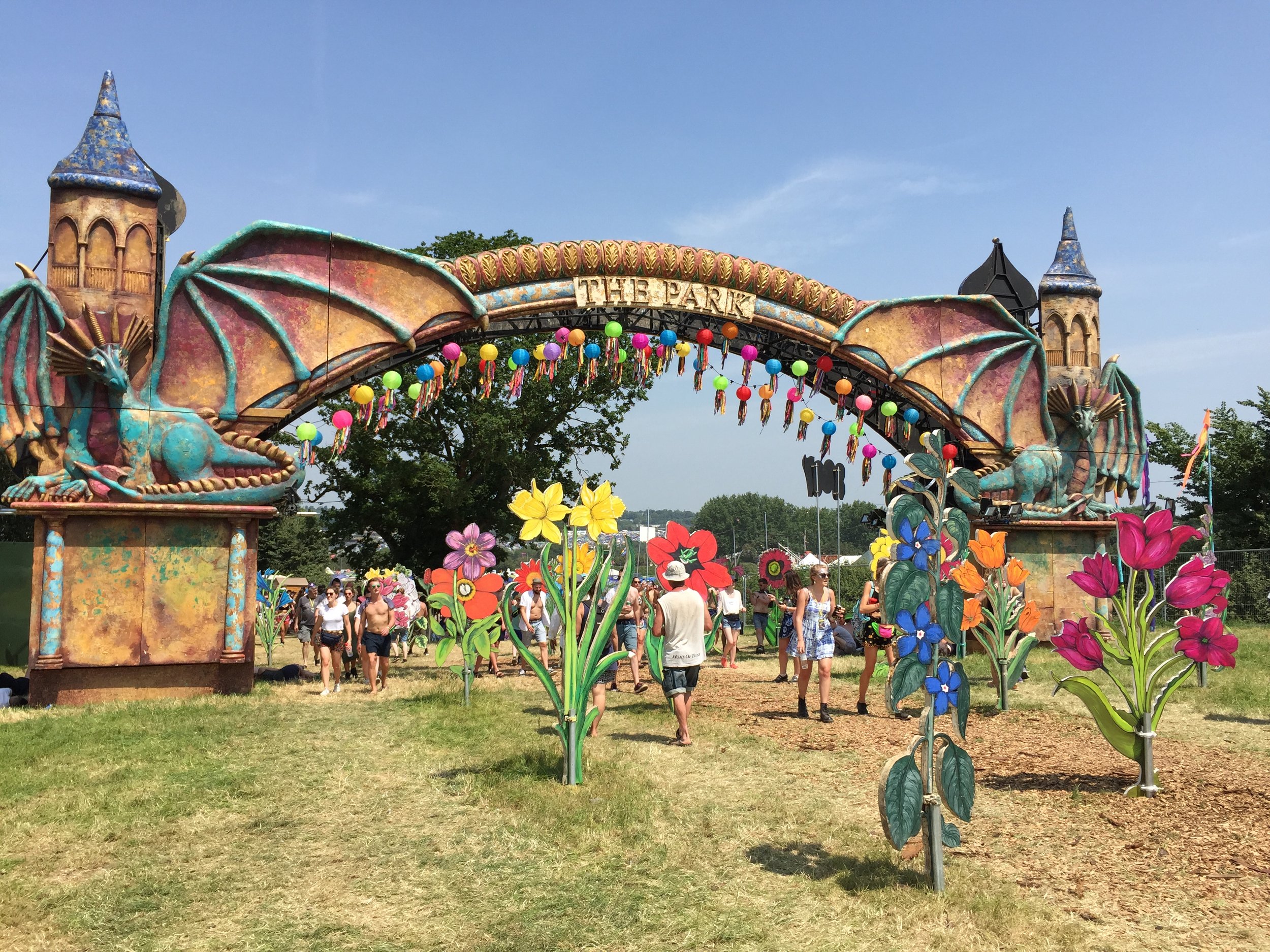
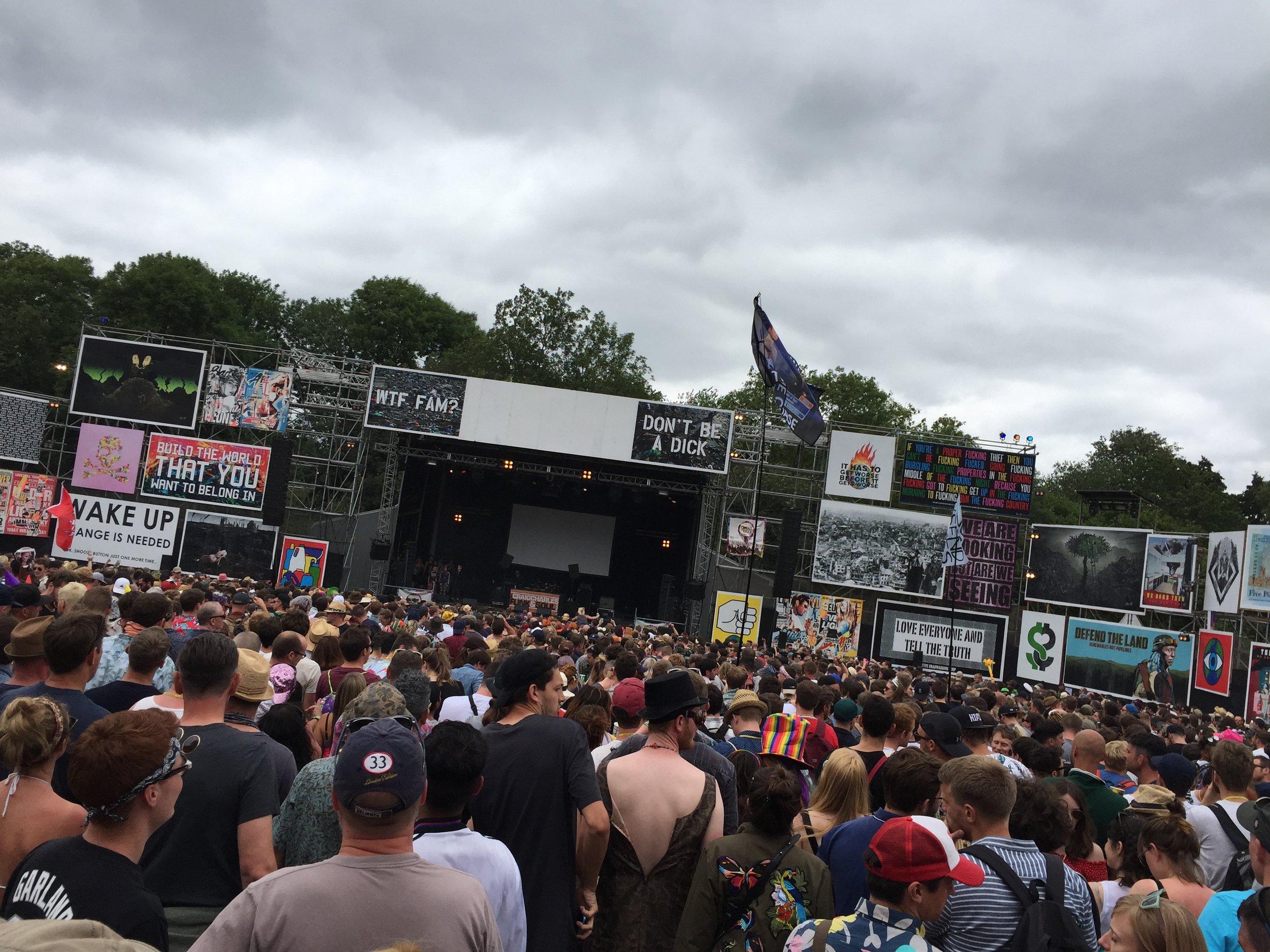
Where is it?
The festival site is actually a few miles east of the town of Glastonbury, close to Pilton, a small village that lent its name to the first festival in 1970. If you are using What3Words try hydration.relations.impulse and you’ll find yourself right in front of the Pyramid stage.
How does the size of the festival compare to other UK festivals?
Lets talk numbers:
Official capacity is 210,000
There are 135,000 tickets in total
Coach and ticket packages make up 22,000 of the total tickets sold
Number of stages is over 70
There are 2,800 performances
Food is sold from roughly 400 food stall (what are the best food stalls at Glasto link)
No single use plastic water bottles were sold in 2022
For comparison, Leeds and Reading Capacity is roughly 80,000.
There are thousands of bins around the site painted by a dedicated team of volunteers who spend weeks on site individually painted a unique design on each one, in keeping with the theme for each stage or location.
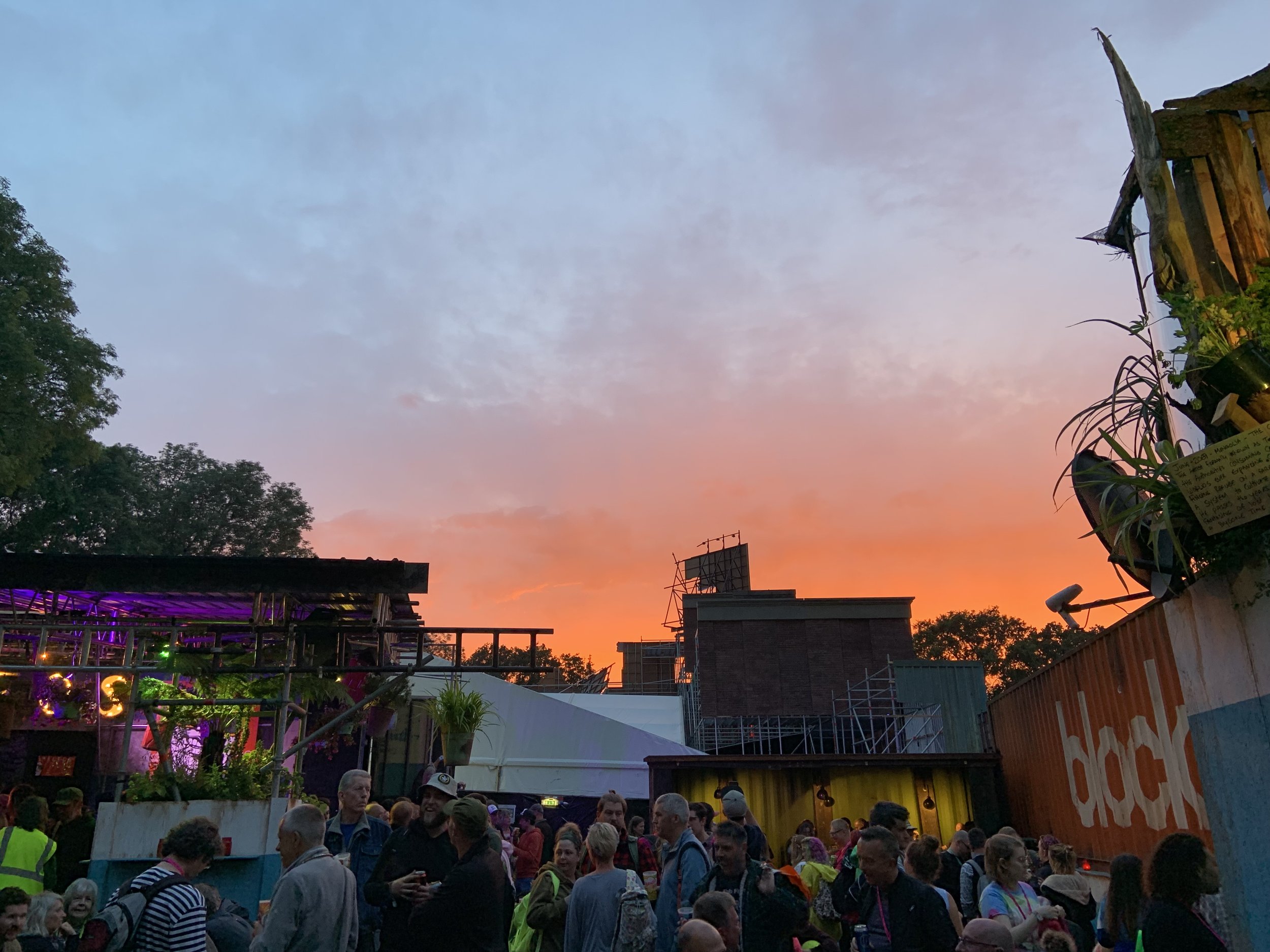
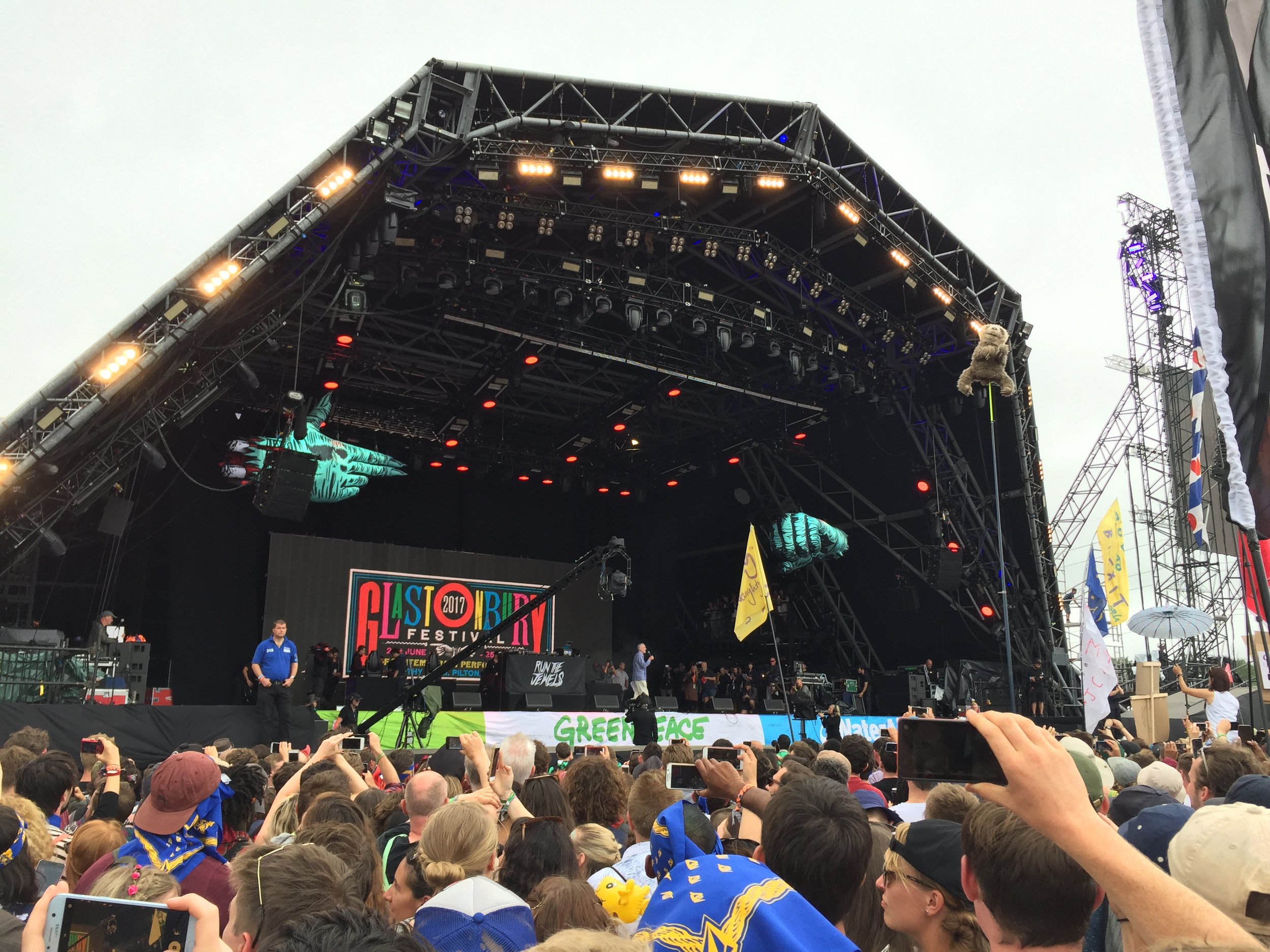
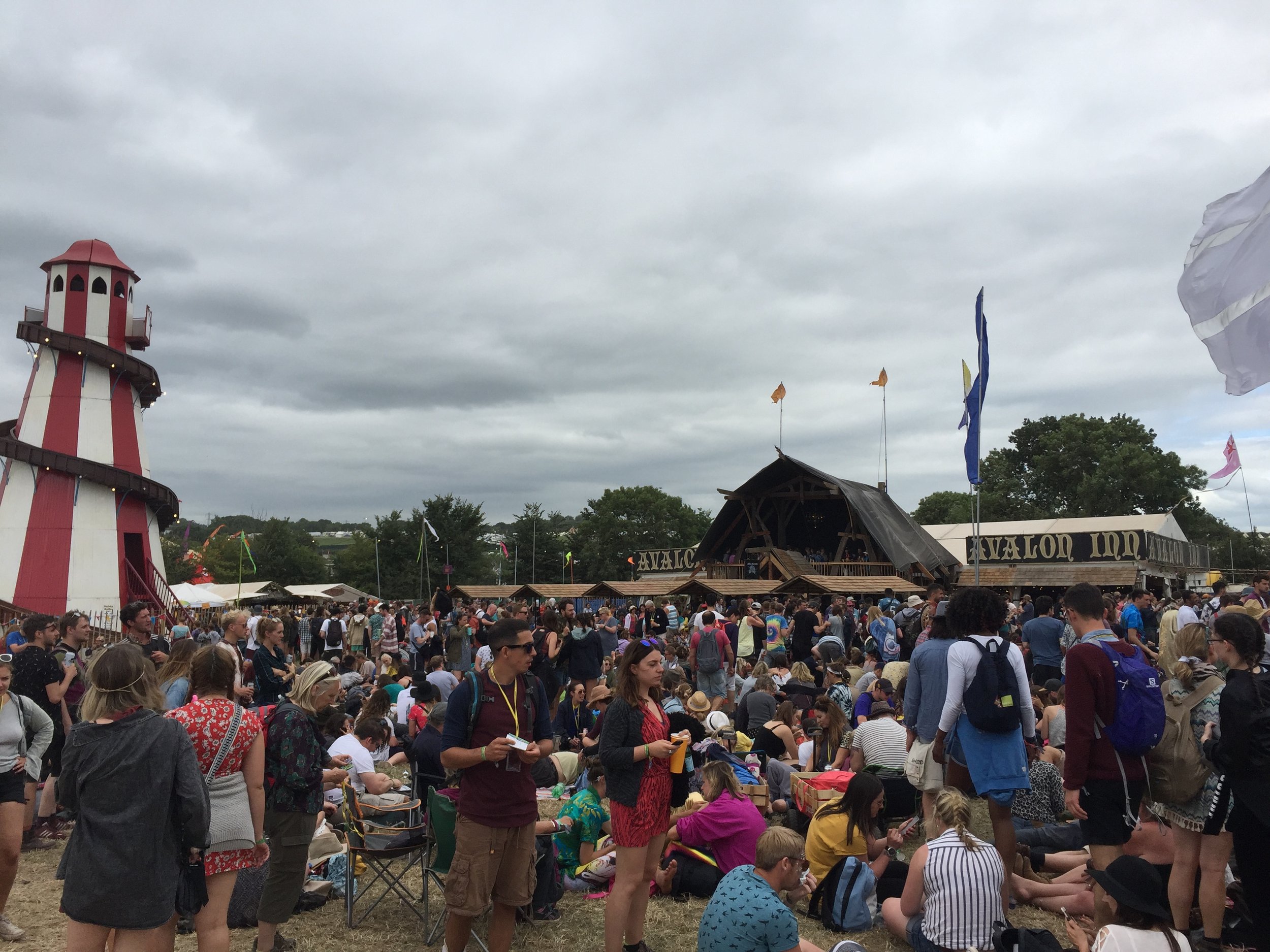
How easy is it to buy tickets?
Firstly, you need to register your details on the Glastonbury Festival website to be eligible to purchase a ticket. This includes providing personal information and a passport-style photograph. Registration usually stay until a week before tickets go on sale. Coach tickets are sold on a Thursday evening and general admission tickets the following Sunday. The sale takes place in early October.
When tickets are released, you'll need to be ready to purchase them online at the designated time. There's a limit of six tickets per transaction, and you'll need to pay the full amount upfront. Payment can be made by debit card or credit card.
If you miss out on the general sale, you can try to purchase a resale ticket that takes place in April.
It is incredibly difficult to buy tickets with the festival rumoured to have demand 4x the available number of tickets. Most people work in groups of six on multiple devices to give themselves the best chance of success.
I have heard about Sunday tickets, what are these?
Sunday tickets are available to local residents and are available through a separate sale.
Is the line-up released before the tickets go on sale?
No, the tickets go on sale in October with the line-up poster for the main stages released in March each year. In 2015 the line-up was released as late as April.
Individual and smaller stages release their line-ups later, sometimes as late as May.
